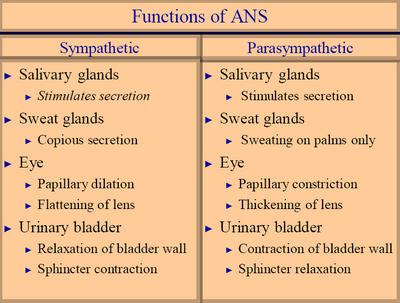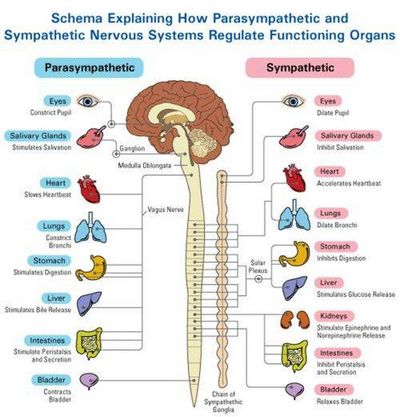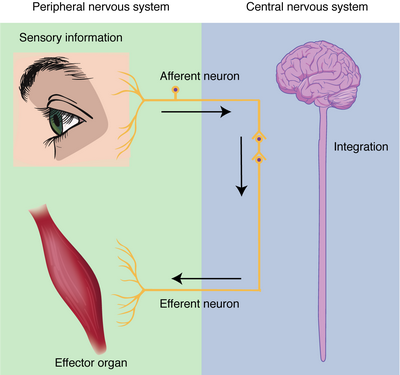The autonomic nervous system is a network of nerves and muscles in all vertebrates that control and regulate the internal functions of an organism without any conscious awareness or participation by the body.

The central nervous system is part of this network. The system controls the breathing, heart rate, digestion, metabolism and temperature.
The five basic senses are the sense of touch, smell, hearing, taste and sight. The brain sends a message to the central nervous system, which in turn sends messages to the autonomic system through the nerves that sense touch, smell, taste and vision. The internal sensors and actuators are made up of neurons that respond to stimulation from the outside environment. The sensory organs that the brain uses to read the outside world include the eyes, ears, nose, tongue, throat, and mouth.
The AHS is a system of twelve sub-systems, each with many different functions. The first is the ‘Git’ sub-system, which is responsible for moving and maintaining the muscles of the body and coordinating all movement. The second sub-system is the ‘Skin’ sub-system, which regulates the production of heat, warmth, and coolness and regulates the temperature of the body.
The third sub-system is the ‘Heart’ sub-system, which is responsible for the generation and transmission of energy in the form of heat or motion in the body’s resistance to external stimuli. The fourth is the ‘Endocrine’ sub-system, which is responsible for the regulation of the excretory system of the body and the release of hormones and neurotransmitters.

The fifth is the ‘Reproductive’ sub-system, which is responsible for the reproduction and development of organisms and cells.
The sixth sub-system is the ‘Nervous’ sub-system, which is responsible for the coordination of the activities of all of the other sub-systems. It also includes the ‘Mental’ and the ‘Emotional’ systems. The seventh is the ‘Social’ sub-system, which are responsible for the communication between the members of a group, and the information that they provide to others. It includes the ‘Abdominal’ sub-system, which is responsible for controlling the heart beat and regulating blood pressure.
Each organ or system is separated into its own section, which is referred to as a sensory organ. for information received by the body, motor organ for movement and sensation and motor or sensory organ for information received by the brain.
The function of every organ in a system ‘responds’ to stimulation by the nervous tissue. The nervous tissue stimulates these parts of the body either consciously or unconsciously and in either case it affects them in a particular way. It is the interaction between the nervous tissue and the sensory organs that produce the effect.
The body is constantly in communication with the environment and with itself. It has an ‘automatic’ mode and an ‘intrinsic’ mode.

The automatic mode is a mode in which the body ‘knows’ when and where it is, the intrinsic mode is where it “knows” what to do and how to do it.
The internal communication takes place through the nervous tissue, which enables a certain level of control over the body’s functions. When this is interrupted a certain level of control is lost, and the result can be pain, fatigue, illness, sickness and death. This means that in order to maintain the normal health of the human body, the body has to be constantly in communication with the environment.
In order to control itself, it must have a nervous system in which the nerves are able to send signals to other parts of the body. If the nervous system is not functioning normally, then the body cannot respond to external stimuli correctly.
The nervous system is an intricate system that is complex, but in terms of understanding it is easy. It consists of the following sections: the ‘Rigor’, ‘Cardiac’, ‘Respiratory’ and the ‘Spinal’ systems. Each of these sections is responsible for different processes and is involved in controlling or modifying the functions of the other sections.
One of the most important functions of the autonomic nervous system is to keep the body comfortable and healthy. For example, it prevents sickness and disease by reducing or inhibiting the immune system and regulating the functions of the immune system. It also regulates the amount of nutrients, fats and water in the body. It also helps to regulate the blood pressure and heartbeat, it regulates body temperature, blood pressure, and it is responsible for controlling breathing.